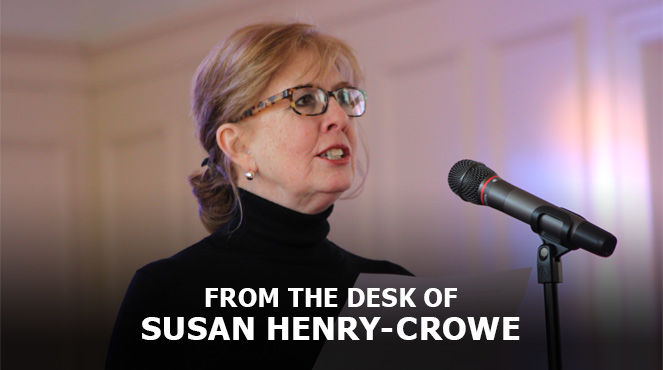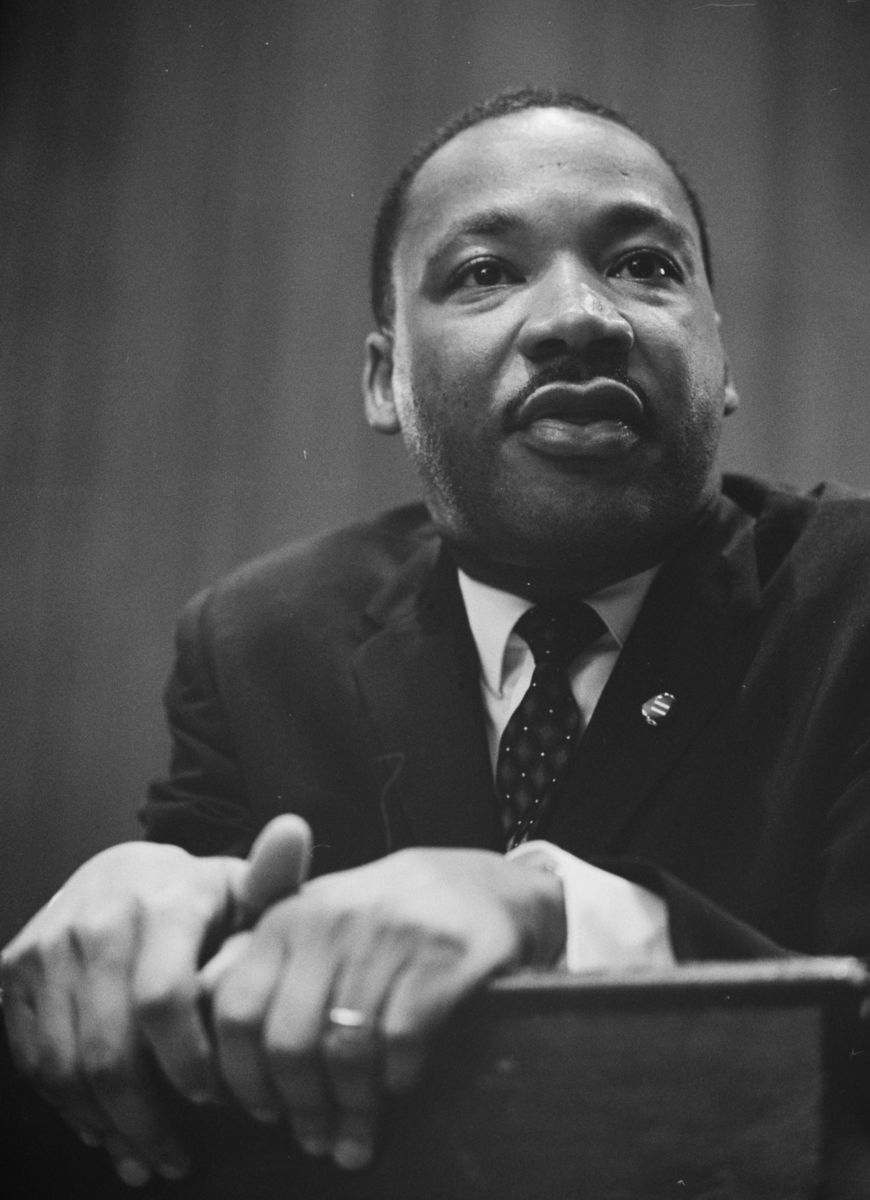It’s 54 Years Later
Many things have happened. Many things have not. Is there still the possibility of non-violent change?

Today we honor the life and work of The Rev. Dr. Martin Luther King Jr. His Gospel vision, his majestically prophetic voice and his commitment to non-violence mark his place in history as one of the greatest influential figures for civil rights. In his remembrance, some things have changed. Yet, so much still needs to change. The vision is clear, but the strategic human will languishes.
On March 18, 1968, Dr. King spoke to a huge crowd at the Mason Temple, a Memphis Pentecostal Church. The centerpiece for that speech was Jesus’ parable of the rich man and Lazarus, the poor man at his gate, (Luke 16:19-31). Both men died and the rich man experienced an after-life of torment, while Lazarus experienced an after-life of comfort. Dr. King eloquently interpreted that willfully overlooking and making invisible the African American working poor would bring condemnation.
Ten days later, March 28, Dr. King returned to Memphis for a protest on City Hall. It led to one of the worst riots in the civil rights movement. Dr. King was at the head of the march as it made its way down Beale Street. During the peaceful march, some young people began breaking storefront windows. Police in riot gear were waiting across the street. Fearing the police would attack, James Lawson, the organizer of the march told Dr. King, “You must leave. They are going to break up the march and go after you more than anyone.” A reluctant Dr. King was led away. The marchers turned around. Then, police attacked with tear gas and clubs. Peaceful marchers were caught up in the same violence as youthful looters. One teenager, a suspected looter, was shot to death. Dozens of protestors were injured and nearly 300 African Americans were arrested. Stores in the that section of town were looted and burned. Tear gas drifted across the neighborhood. Journalists captured the debacle on film and broadcast it live on local radio and television, (https://features.apmreports.org/arw/king/c1.html).
Three days later, Sunday, March 31, Dr. King preached his last (Sunday) sermon to a congregation of prominent, wealthy, mostly white influencers at the National Cathedral in Washington DC.
The sermon title was Remaining Awake Through a Great Revolution. The text from the book of Revelation, chapter 21 was: “Behold, I make all things new. The former things have passed away.” He began the sermon by telling the story of Rip Van Winkle, who fell asleep on a mountain near a sign indicating that King George of England was the monarch. When Rip Van Winkle awoke after 20 years, the sign had changed picturing George Washington. Rip Van Winkle was completely lost. He did not know who he was or where he was. He had slept through a revolution in which the course of history had totally changed.
In this, his final sermon, Dr. King outlined an America engaged in triple revolutions. One of technology, of nuclear arms build-up, and of human rights. The challenges facing the nation are developing a world perspective of “brotherhood,” (I have little doubt he would come to understand the importance of inclusive language). The second challenge is of eradicating the last vestiges of racism. The third is ridding the world of poverty.
He ended his last sermon, “There are difficult days ahead for justice, but I will not yield to politic despair. I am going to maintain hope. The cards are stacked against us…Our goal is freedom. However dark, we shall overcome…. the arc of the moral universe is long, but it bends toward justice. Change takes a long time, but it does happen.”
Right before, the Poor People’s March on Washington, Dr. King said of the anticipated march scheduled for May 1968, “We are not coming to tear up Washington, but to see if Washington will address poverty. It is to ask America to be true to its promissory note. This is a dramatic NON-VIOLENT ACTION between promise and fulfillment. This is a question of non-violence or non-existence.” Dr. King never witnessed the Poor People’s March in May. He was assassinated on April 4, 1968.

In January 2022, 93 years after the birth of The Rev. Dr. Martin Luther King, Jr. (and 54 years after his last sermon), we face a threatened democracy, undefeated racism, incalculable violence, grave economic disparities, voter suppression and a profoundly divided country. In pursuit of Dr. King’s legacy of non-violent progress, we still have much to accomplish. In his memory, we must never give up hope, never stop working for peace and justice and never, ever give up dreaming for a better tomorrow. As Dr. King said, “Darkness cannot drive out darkness, only light can do that.”